
Alex Blutman is a student at Harvard Law School and a member of the Labor and Employment Lab.
The debate over the proper role for college sports and treatment of student-athletes touches on a number of important issues—whether the NCAA and universities commit antitrust violations by denying student-athletes certain benefits; whether student-athletes should legally be considered employees; whether student-athletes should be paid a salary and permitted to unionize. Attendant also to that debate is the subject of the extraordinary salaries of the college football and basketball coaches who occupy an important place in the collegiate athletic system. As of 2019, about two-thirds of the highest paid public employees in each state were coaches at public colleges and universities. Following reports that Louisiana State University’s and the University of Southern California’s new head football coaches would be receiving contract offers worth over $100 million, House Ways and Means Oversight Subcommittee Chair representative Bill Pascrell (D-NJ) sent letters to each school asking their respective presidents to explain how such lucrative compensation packages align with the schools’ educational missions. As institutions of higher education, the schools claim tax-exempt status under Internal Revenue Code Section 501(c)(3). Pascrell’s letters suggested that the reported salaries for their new football coaches raise concerns about whether the schools are operating consistent with that status. Pascrell asked the universities to provide information on their highest-paid employees, their tax liability for excess nonprofit compensation, and how their pay to coaches compares to total financial aid given to players.
Meanwhile, U.S. District Court Judge John R. Padova denied the NCAA’s request for an interlocutory appeal in Johnson v. NCAA. After Judge Padova found the student-athlete plaintiffs plausibly alleged employee status under the FLSA, the NCAA argued that Seventh and Ninth Circuit precedent had come out the other way, and, in any event, they are a regulatory body, not an employer. Judge Padova’s order said that whether the NCAA employs student-athletes is a mixed question of law and fact that can be reviewed on appeal after final judgment.
The NFL has prevailed in its long-running litigation against former NFL players who alleged that injured players were irresponsibly provided painkillers to remain on the field. The court did not reach the question whether the Labor Management Relations Act preempted the players’ claims. Instead, senior U.S. District Court Judge William Alsup found that the players’ 2014 lawsuit fell outside the statute of limitations for personal injury claims, which ranges from two to six years. Judge Alsup concluded that the players were obligated to conduct a reasonable investigation of the NFL’s responsibility at the time they suffered each injury they now allege against the league.
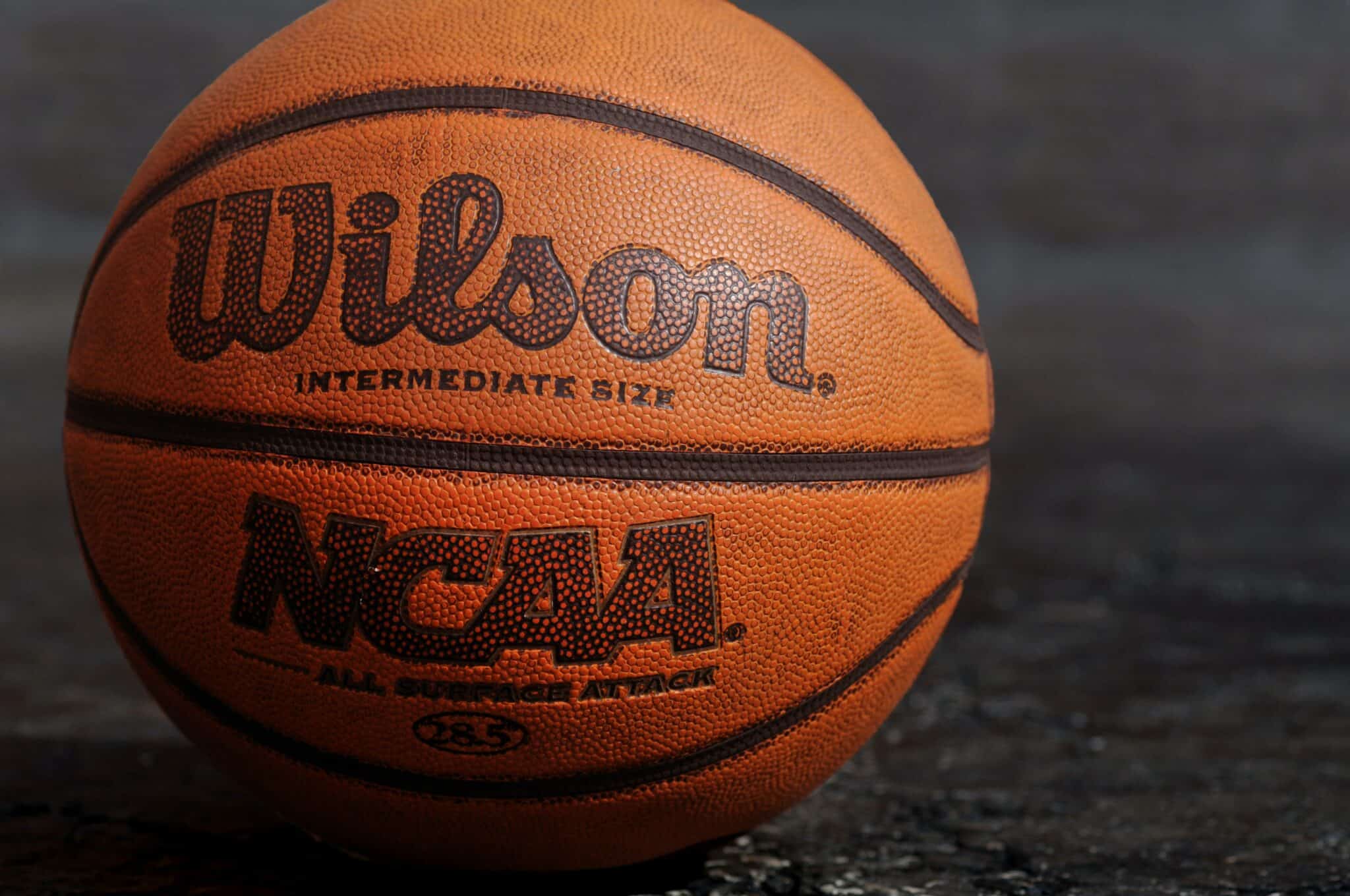
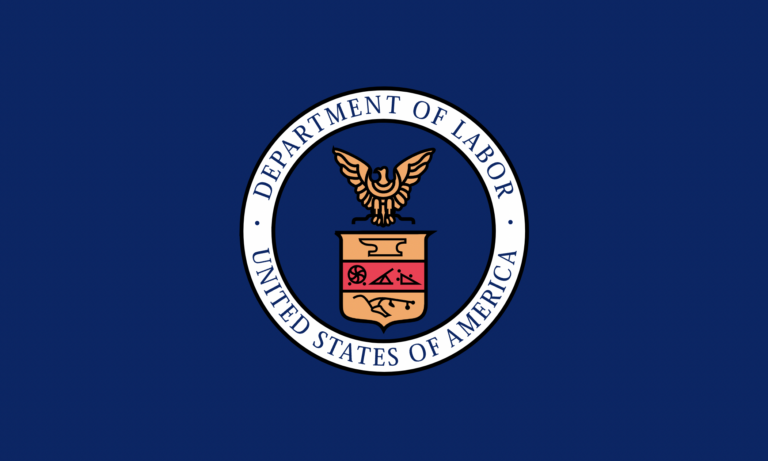

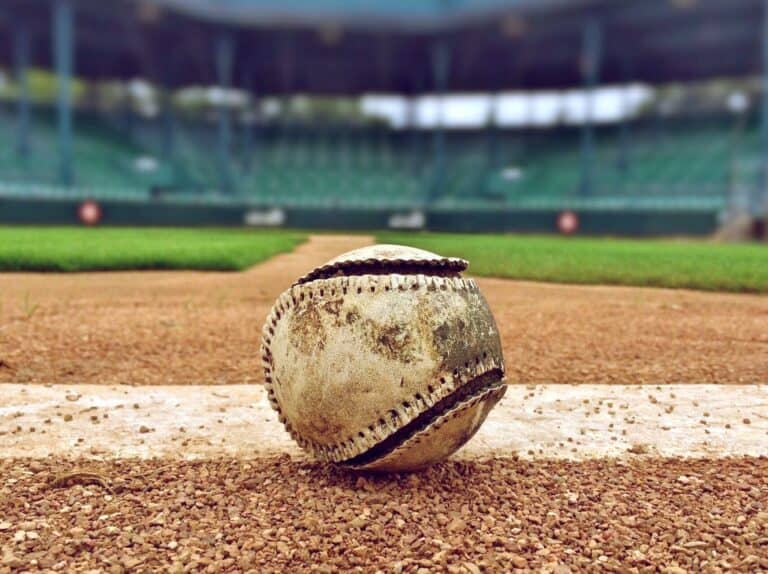
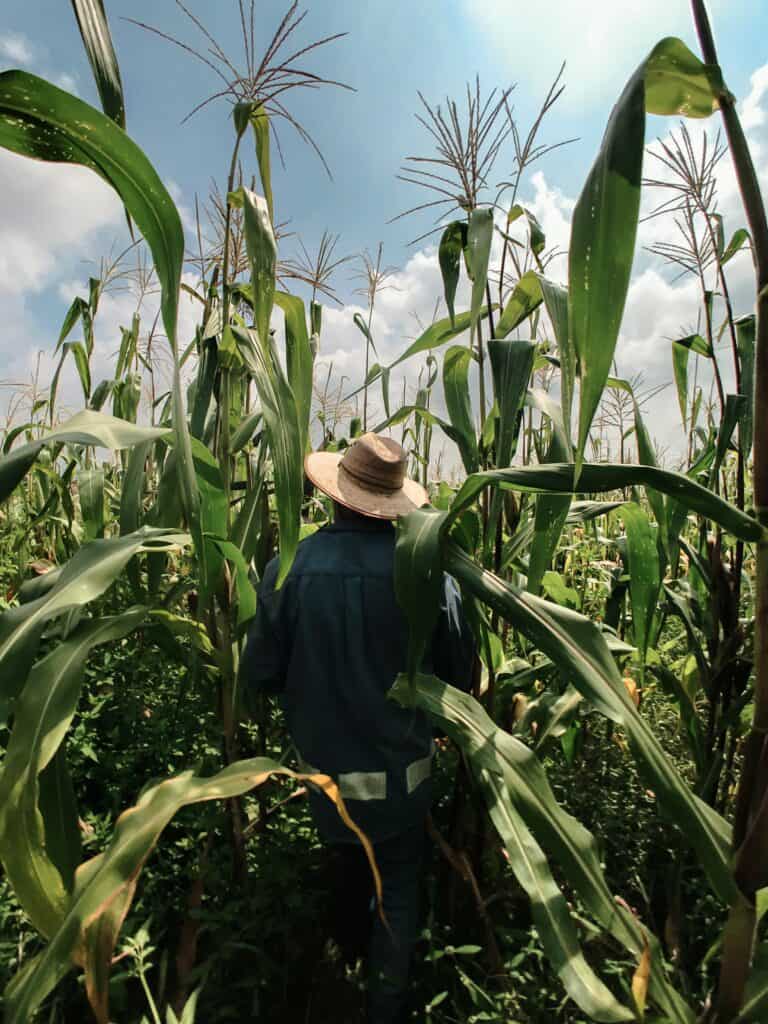



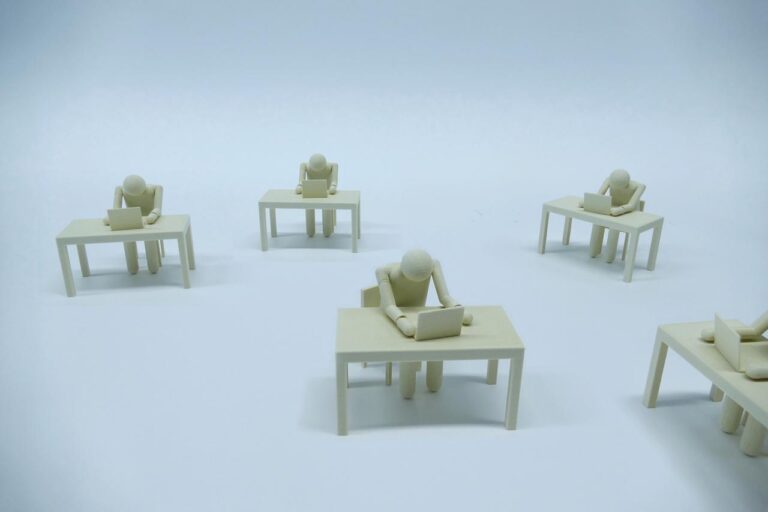
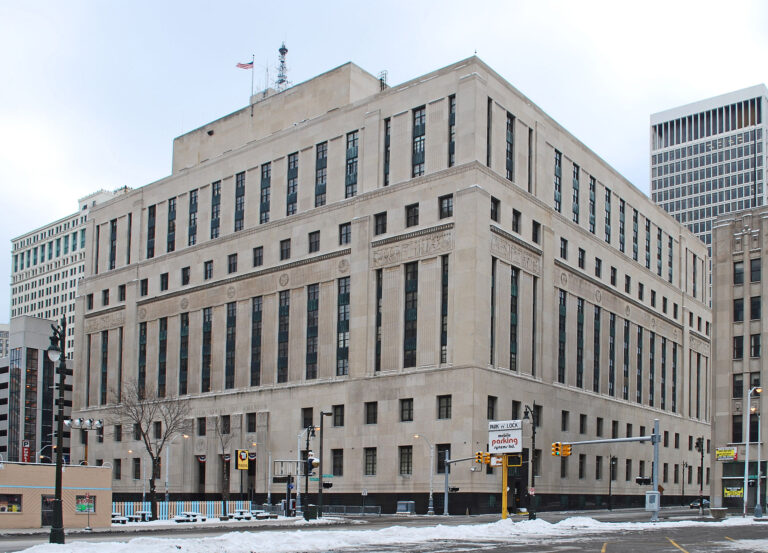
Daily News & Commentary
Start your day with our roundup of the latest labor developments. See all
December 13
In today’s News & Commentary, the Senate cleared the way for the GOP to take control of the NLRB next year, and the NLRB classifies “Love is Blind” TV contestants as employees. The Senate halted President Biden’s renomination of National Labor Relations Board Chair Lauren McFerran on Wednesday. McFerran’s nomination failed 49-50, with independents Joe […]
December 11
In today’s News and Commentary, Biden’s NLRB pick heads to Senate vote, DOL settles a farmworker lawsuit, and a federal judge blocks Albertsons-Kroger merger. Democrats have moved to expedite re-confirmation proceedings for NLRB Chair Lauren McFerran, which would grant her another five years on the Board. If the Democrats succeed in finding 50 Senate votes […]
December 10
In today’s News and Commentary, advocacy groups lay out demands for Lori Chavez-DeRemer at DOL, a German union leader calls for ending the country’s debt brake, Teamsters give Amazon a deadline to agree to bargaining dates, and graduates of coding bootcamps face a labor market reshaped by the rise of AI. Worker advocacy groups have […]
December 9
Teamsters file charges against Costco; a sanitation contractor is fined child labor law violations, and workers give VW an ultimatum ahead of the latest negotiation attempts
December 8
Massachusetts rideshare drivers prepare to unionize; Starbucks and Nestlé supply chains use child labor, report says.
December 6
In today’s news and commentary, DOL attempts to abolish subminimum wage for workers with disabilities, AFGE reaches remote work agreement with SSA, and George Washington University resident doctors vote to strike. This week, the Department of Labor proposed a rule to abolish the Fair Labor Standards Act’s Section 14(c) program, which allows employers to pay […]